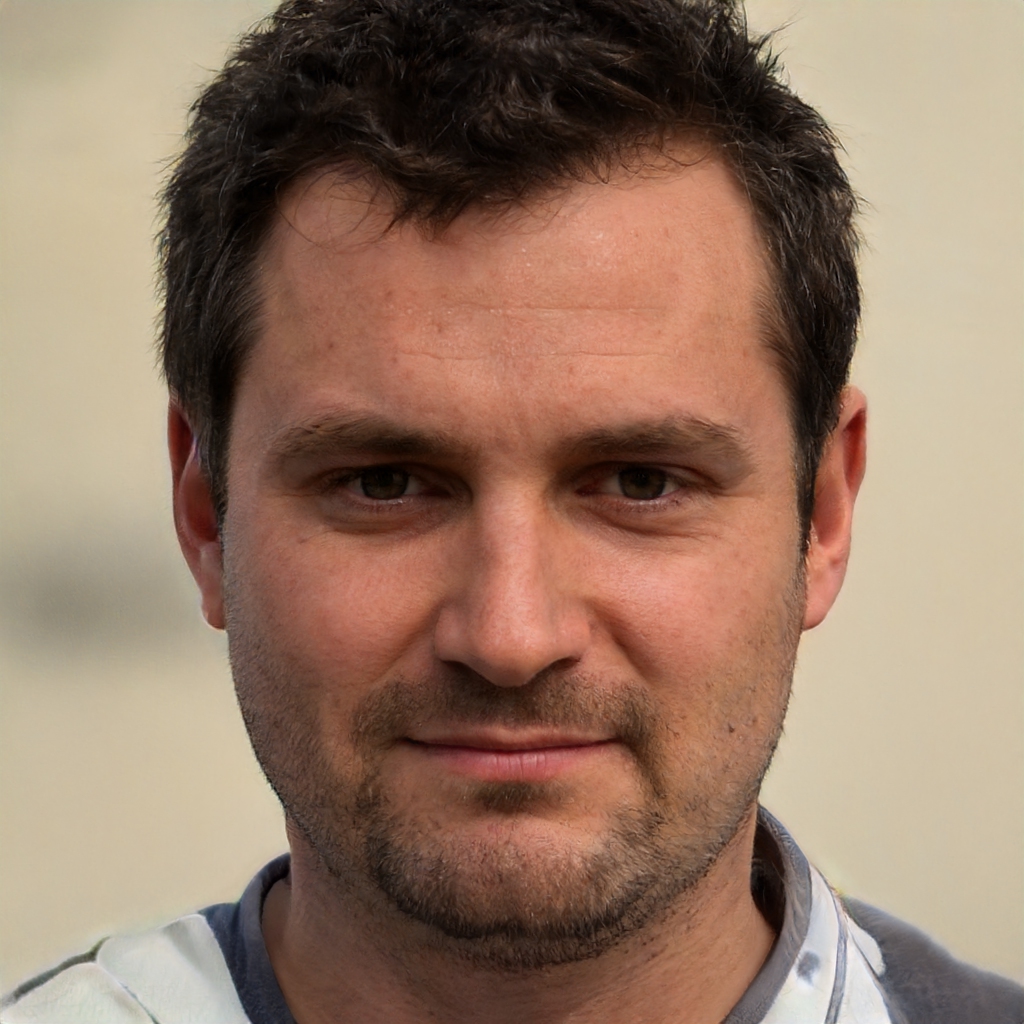The EVE Online platform will be used by NASA to have players analyze nearly 200 thousand images collected by the European Space Agency
Imagine an interstellar video game, open to everyone, where the sole purpose is to find extraterrestrial life forms. It sounds interesting, and it's also real. Yes, because this is a project, called Eve Online, which will serve NASA to improve the search for alien presences in the universe.
In the video game everyone will have their own spaceship and will be able to roam the galaxy. The gamers will have to compete with each other to administer the various space territories and to gather the necessary resources to carry out the exploration. The video game has been realized in collaboration with Massively Multiplayer Online Science (MMOS) and to create it have been used more than 167 thousand interstellar images from the CoRoT satellite, launched by the European Space Agency in December 2006. "By analyzing this data - said Michel Mayor, winner of the 2017 Wolf Prize for Physics and discoverer of the first exoplanet - scientists have discovered 30 new planets."
Finding aliens with a video game
The hope is to make many new discoveries thanks to video gamers who will analyze and interact with these frames. According to experts are still a dozen planets not found within the images collected by the satellite CoRoT. It must be said, in fact, that at the moment the algorithms are able to analyze only the simplest light data. More complicated images that have a lot of noise or irregular peaks in the light curves can only be read by humans.
How does the game work
How to send the findings? Simple, when a player thinks they have detected something they send a notification to the game developers. If within a short period of time five players send the same image to the developers then the University of Geneva will also be notified and will investigate further. The EVE Online gaming platform has been used for similar projects before. Last year it was used to map out the Human Protein Atlas. Over three weeks, gamers mapped proteins and genes, analyzing microscopic images, to discover the difference in normal tissues versus those with cancer. To discover planets and aliens, however, the time required will be much longer. In addition to data from the European Space Agency, in fact, the platform in the future will be enriched with images from the Kepler space mission.
